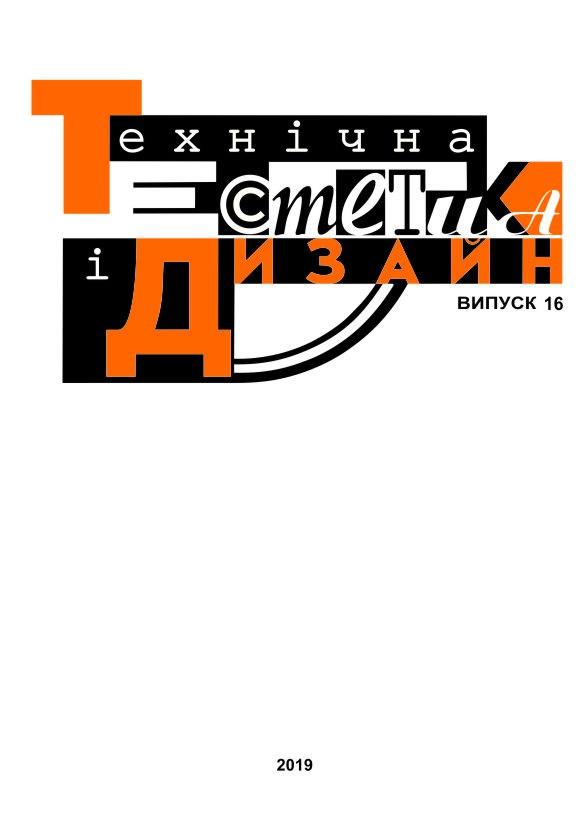Methodological aspects of projecting environmental energy efficient buildings
DOI:
https://doi.org/10.32347/2221-9293.2019.16.5-15Ключові слова:
Eco-design, ecologization in design, the life cycle of an object, energy efficiency, thermal balance.Анотація
The article is dedicated to methodology of eco-design and technical aspects of energy efficient buildings projecting. The concepts of the life cycle of the eco-object and life cycle ecologization are considered. The scheme of life cycle еру eco-object is presented and described.
The basic principles of construction of geometrically interpreted physico-mathematical models of processes of heat exchange of energy efficient buildings are revealed. It is noted that the use of building decomposition methods, which is appropriate for dividing the object into simpler elements, allows to present the building in the form of three main energy interconnected subsystems: the energy influence of the external climate on the building envelope; energy contained in the shell of the building, i.e. in the outer enclosure of the building; energy contained inside the building, i.e. in indoor air, indoor equipment, indoor enclosure structures and the like. If necessary, each of these subsystems can be represented by the method of decomposition into smaller, energy-related elements. The design of an energy efficient building is to optimize the three energy interconnected subsystems and the building as a whole as a single energy system.
Also, the article describes three stages, which includes the design of energy efficient building in accordance with the principles of system analysis: construction of a mathematical model of heat and mass transfer processes in the building; choice of target function; solution of the set optimization problem.
Therefore, as one of the most urgent tasks in determining the level of energy efficiency of buildings and structures is the analysis of their thermal balance, taking into account all energy and energy losses, so the further development and creation
Посилання
Research Report: Development of an automated monitoring system and short-term forecasting of heat consumption for efficient management of energy consumption of the MES of Ukraine (final). Sumy State University. Under the management Dr. of Technical Sciences, Associate Professor M.I. Sotnyk
Tabunshchikov Yu. A., Brodach M.M. Mathematical modeling and optimization of thermal efficiency of buildings. M.: AVOK-PRESS, 2002. 194 p.
Fokin K.F. Construction heat engineering of the enclosing parts of buildings. Ed. 3rd, rework. and ext. M.: Stroizdat, 1973. 287 p.
##submission.downloads##
Номер
Розділ
Ліцензія
Авторське право (c) 2020 Anait Daniielian, Natalia Bolharova

Ця робота ліцензується відповідно до Creative Commons Attribution 4.0 International License.
Автори, які публікуються у цьому журналі, погоджуються з наступними умовами:
Автори залишають за собою право на авторство своєї роботи та передають журналу право першої публікації цієї роботи на умовах ліцензії Creative Commons Attribution License, котра дозволяє іншим особам вільно розповсюджувати опубліковану роботу з обов'язковим посиланням на авторів оригінальної роботи та першу публікацію роботи у цьому журналі.
Автори мають право укладати самостійні додаткові угоди щодо неексклюзивного розповсюдження роботи у тому вигляді, в якому вона була опублікована цим журналом (наприклад, розміщувати роботу в електронному сховищі установи або публікувати у складі монографії), за умови збереження посилання на першу публікацію роботи у цьому журналі.
Політика журналу дозволяє і заохочує розміщення авторами в мережі Інтернет (наприклад, у сховищах установ або на особистих веб-сайтах) рукопису роботи, як до подання цього рукопису до редакції, так і під час його редакційного опрацювання, оскільки це сприяє виникненню продуктивної наукової дискусії та позитивно позначається на оперативності та динаміці цитування опублікованої роботи (див. The Effect of Open Access).

